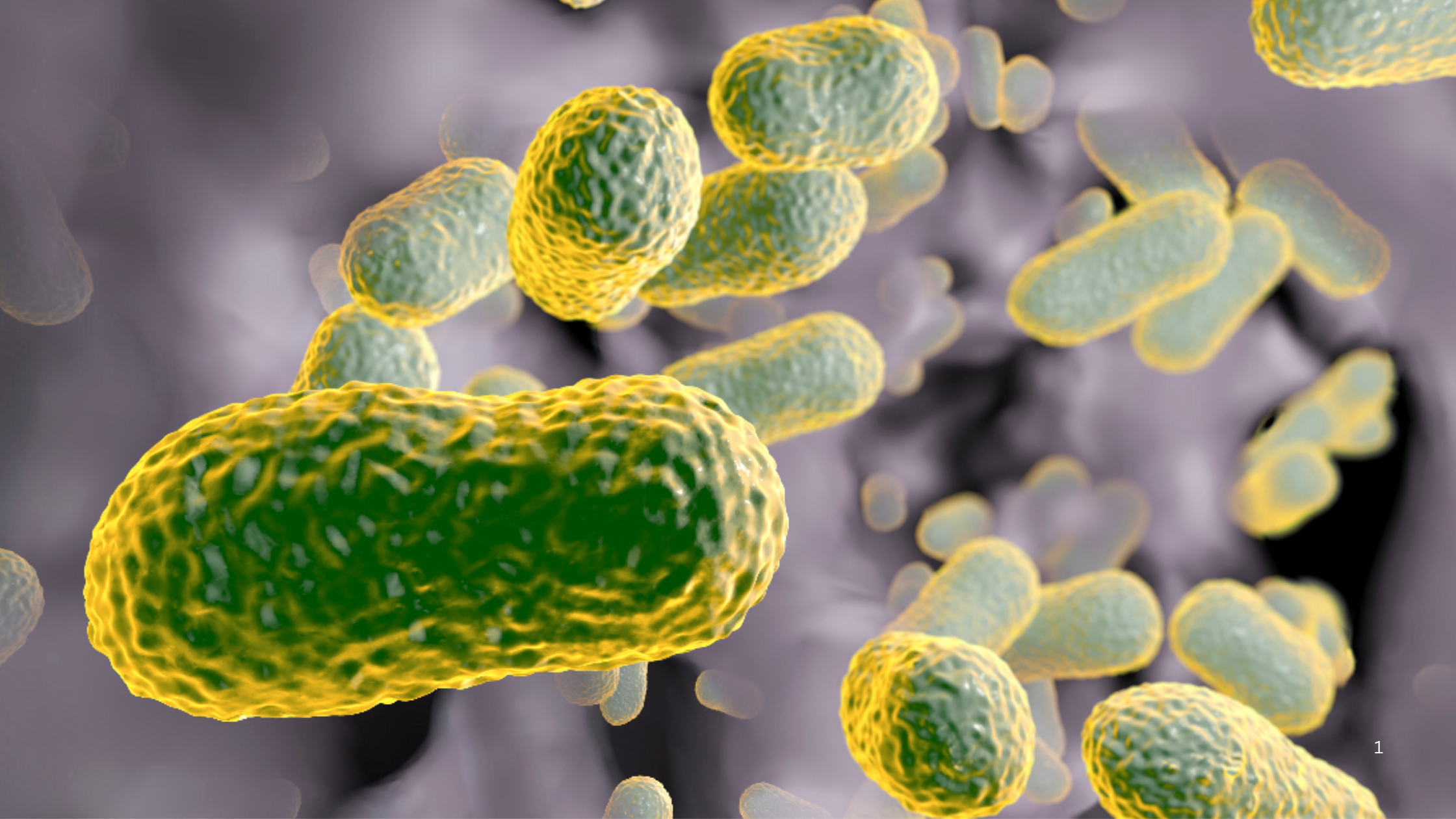AI-Designed Antibiotics Offer New Hope Against Drug-Resistant Bacteria
The emergence of AI-driven drug discovery is revolutionizing the fight against antibiotic-resistant bacteria, a growing global health crisis. Researchers at Stanford Medicine and McMaster University have developed a groundbreaking AI model, SyntheMol, which has successfully designed six new drug compounds capable of combating Acinetobacter baumannii, one of the deadliest antibiotic-resistant pathogens. This breakthrough could change the course of medicine by introducing faster and more effective ways to combat bacterial infections that have become resistant to traditional treatments.
Understanding the Growing Threat of Antibiotic Resistance
Antibiotic resistance is responsible for nearly 5 million deaths worldwide each year. It occurs when bacteria evolve and develop resistance to antibiotics, making infections harder to treat. This problem has grown due to the overuse and misuse of antibiotics in medicine and agriculture. If new solutions are not found, common infections could become deadly again, and medical procedures that rely on antibiotics, such as surgeries and cancer treatments, may become riskier.
To understand the severity of the issue, consider the following:
| Key Facts | Details |
|---|---|
| Global Death Toll | Nearly 5 million deaths per year are linked to antibiotic-resistant infections. |
| High-Risk Bacteria | Acinetobacter baumannii, MRSA, and carbapenem-resistant Enterobacteriaceae (CRE) are among the most dangerous pathogens. |
| Impact on Healthcare | Resistant infections lead to longer hospital stays, higher medical costs, and increased mortality rates. |
| Limitations of Current Antibiotics | Traditional antibiotics are becoming less effective, and new drug development has been slow. |
How AI is Accelerating Antibiotic Discovery
Unlike conventional methods, AI can analyze massive datasets and identify potential antibiotic candidates in a fraction of the time. Traditional drug discovery relies on testing thousands of chemical compounds, which can take years and cost billions of dollars. AI models, such as SyntheMol, can scan chemical libraries, predict which molecules will be effective, and even generate new compounds that researchers might not have considered.
How AI Works in Drug Discovery:
- Data Collection: AI analyzes large datasets of bacterial behavior and antibiotic effectiveness.
- Pattern Recognition: It identifies patterns in bacterial resistance and potential treatment mechanisms.
- Molecule Generation: AI creates new drug molecules based on chemical structures known to work against bacteria.
- Testing & Refinement: Scientists test AI-generated drugs in labs to refine their effectiveness.
This AI-driven method drastically reduces the time and cost associated with developing new antibiotics.
A Major Breakthrough: The Discovery of Abaucin
One of the most significant AI-driven discoveries is abaucin, an experimental antibiotic specifically effective against Acinetobacter baumannii. This bacterium is a “priority pathogen” identified by the World Health Organization due to its resistance to almost all existing antibiotics.
Key findings about abaucin:
- Discovered using AI: The AI model identified abaucin from a database of millions of chemical compounds.
- High Effectiveness: Initial studies show that abaucin is effective against multi-drug resistant strains of Acinetobacter baumannii.
- Potential Game-Changer: If clinical trials confirm its effectiveness, abaucin could become a critical tool in the fight against drug-resistant infections.
The Challenges and Future of AI-Designed Antibiotics
While AI has made significant breakthroughs in antibiotic discovery, challenges remain in bringing these drugs to market:
| Challenges | Solutions & Future Outlook |
| Regulatory Approval | AI-designed drugs must pass rigorous clinical trials before they can be used in hospitals. |
| Production & Cost | Large-scale manufacturing and affordability of new antibiotics must be addressed. |
| Bacterial Adaptation | Continuous research is needed to stay ahead of bacterial resistance. |
| Ethical Considerations | The use of AI in drug discovery must be transparent and ethically managed. |
Despite these challenges, experts are optimistic that AI will continue refining drug discovery, reducing costs and development time.
Conclusion: AI as the Future of Medicine
With antibiotic resistance posing a growing threat, AI-driven solutions like SyntheMol and the discovery of abaucin are setting the stage for a new era in drug development. These AI-designed antibiotics could potentially save millions of lives by accelerating drug discovery and improving treatment outcomes. If research continues in this direction, AI may become an essential tool in developing next-generation antibiotics, ensuring a safer and healthier future for all.
Learn more about AI-driven antibiotic research from Stanford Medicine





